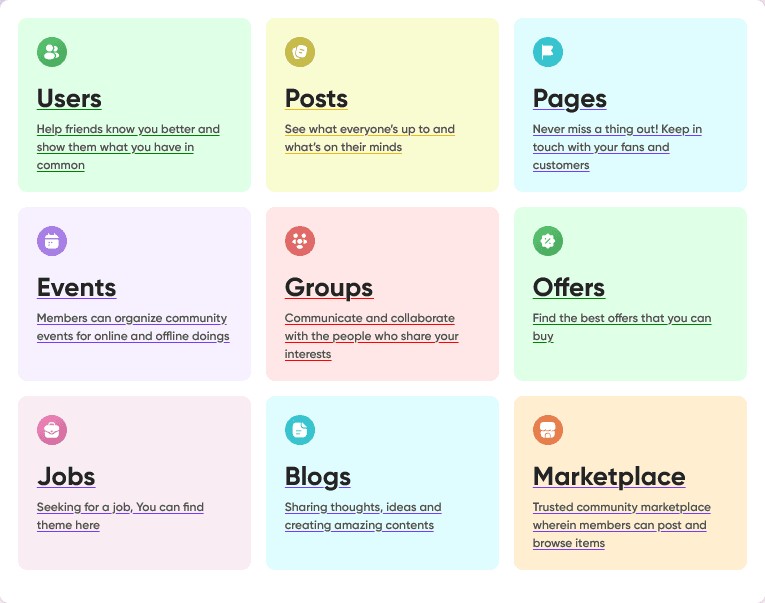When it comes to improving search engine rankings and driving organic traffic, linkbuilding remains one of the most effective strategies. A solid linkbuilding approach not only boosts a website’s authority but also helps establish credibility within a specific niche. Understanding how to execute a successful linkbuilding campaign can make a significant difference in digital marketing success.
Why Linkbuilding Matters for SEO
Search engines use backlinks as a major ranking factor. Quality backlinks signal trustworthiness, relevance, and authority. Linkbuilding is about acquiring these valuable links from reputable websites to enhance online visibility. Without a structured linkbuilding strategy, even the best content can struggle to rank.
Different Approaches to Linkbuilding
Successful linkbuilding requires a mix of strategies to ensure sustainable results. Some of the most effective methods include:
- Guest posting – Publishing high-quality articles on authoritative blogs with backlinks to your site.
- Broken linkbuilding – Finding broken links on other websites and suggesting your content as a replacement.
- Resource linkbuilding – Getting listed in resource pages relevant to your industry.
- Skyscraper technique – Creating top-tier content that naturally attracts backlinks.
- Networking with influencers – Collaborating with industry experts to gain backlinks.
- Using HARO (Help a Reporter Out) – Providing expert insights to journalists that result in backlinks.
Common Linkbuilding Mistakes to Avoid
Not all linkbuilding practices yield positive results. Some common mistakes to steer clear of include:
- Focusing on quantity over quality – Acquiring low-quality links may lead to penalties.
- Ignoring relevance – Links from unrelated websites carry little to no SEO value.
- Using spammy tactics – Avoid link exchanges, paid backlinks, or excessive anchor text optimization.
- Failing to diversify sources – Relying solely on a single linkbuilding tactic is risky.
- Neglecting internal links – Internal linkbuilding plays a role in improving navigation and authority.
How to Measure Linkbuilding Success
Evaluating the impact of a linkbuilding campaign is crucial for ongoing improvements. Key performance indicators (KPIs) to track include:
- Domain Authority (DA) and Page Authority (PA) – Metrics that reflect the overall strength of backlinks.
- Referral traffic – Analyzing site visits generated from backlink sources.
- Backlink growth – Monitoring the number of acquired links over time.
- Search rankings – Assessing keyword position changes.
- Engagement metrics – Observing bounce rate and average time on page.
The Future of Linkbuilding
Linkbuilding continues to evolve as search engine algorithms become more sophisticated. In the future, search engines will likely place even greater emphasis on:
- Natural link acquisition – Prioritizing organic, earned links over artificial strategies.
- Content-driven linkbuilding – Rewarding comprehensive and informative content with higher rankings.
- Brand mentions – Recognizing unlinked brand mentions as implicit endorsements.
- User-generated content – Leveraging community-driven platforms to gain natural backlinks.
By staying up to date with the latest linkbuilding trends, marketers can maintain a strong online presence and ensure long-term SEO success. Implementing a robust linkbuilding campaign is one of the most valuable steps toward improving search rankings and driving sustainable traffic growth.























